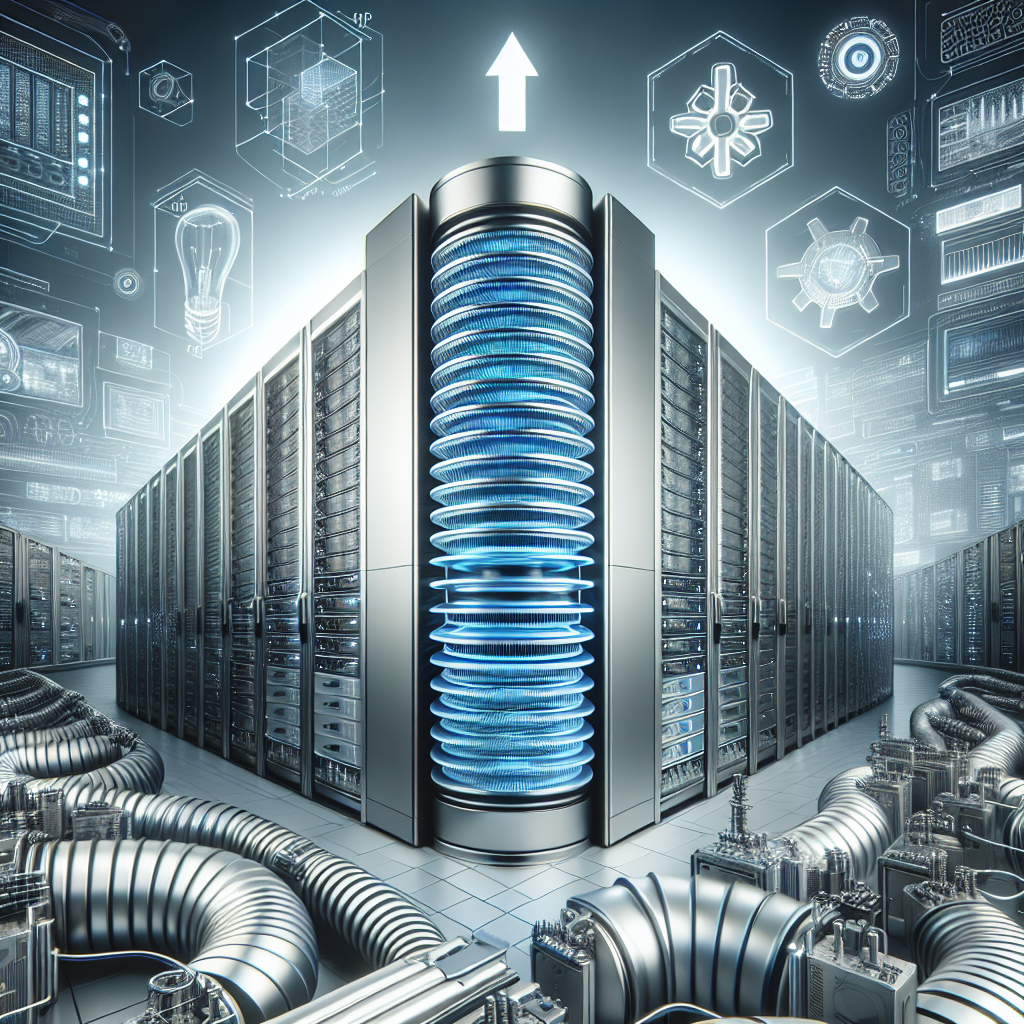Your cart is currently empty!
The Latest Trends in Data Center Cooling Technologies

Data centers are the backbone of the digital world, housing the servers and equipment that keep our online services running smoothly. With the increasing demand for data storage and processing power, data centers are constantly evolving to keep up with the demand. One area that has seen significant advancements in recent years is data center cooling technologies.
Cooling is essential for data centers to ensure that the equipment doesn’t overheat and malfunction. Traditional cooling methods, such as air conditioning, have been used for years, but they are often inefficient and expensive to run. As a result, data center operators have been exploring new and innovative cooling technologies to improve efficiency and reduce costs.
One of the latest trends in data center cooling technologies is the use of liquid cooling systems. These systems use a liquid coolant, such as water or a specialized cooling fluid, to remove heat from the servers and equipment. Liquid cooling is more efficient than air cooling because liquids can absorb and transfer heat more effectively than air. This results in lower energy consumption and reduced operating costs for data center operators.
Another emerging trend in data center cooling is the use of direct-to-chip cooling technologies. These technologies involve placing cooling systems directly on the processors and other components that generate the most heat. By cooling the components at the source, direct-to-chip cooling systems can improve efficiency and reduce the risk of overheating.
In addition to liquid cooling and direct-to-chip cooling, data center operators are also exploring the use of free cooling technologies. Free cooling takes advantage of natural cooling sources, such as outdoor air or groundwater, to cool the data center. By using free cooling, data center operators can reduce their reliance on traditional cooling systems and lower their energy costs.
Overall, the latest trends in data center cooling technologies are focused on improving efficiency, reducing costs, and minimizing environmental impact. By adopting innovative cooling technologies, data center operators can ensure that their facilities remain at the cutting edge of technology while also reducing their carbon footprint.
In conclusion, data center cooling technologies are evolving rapidly to meet the growing demands of the digital world. By embracing new and innovative cooling technologies, data center operators can improve efficiency, reduce costs, and enhance the sustainability of their operations. Keep an eye out for these trends as they continue to shape the future of data center cooling.

Leave a Reply